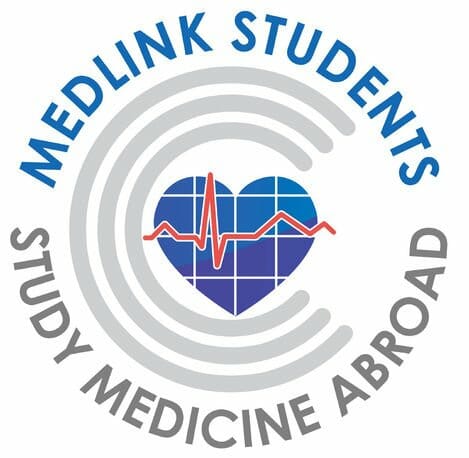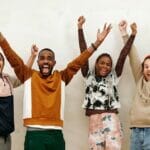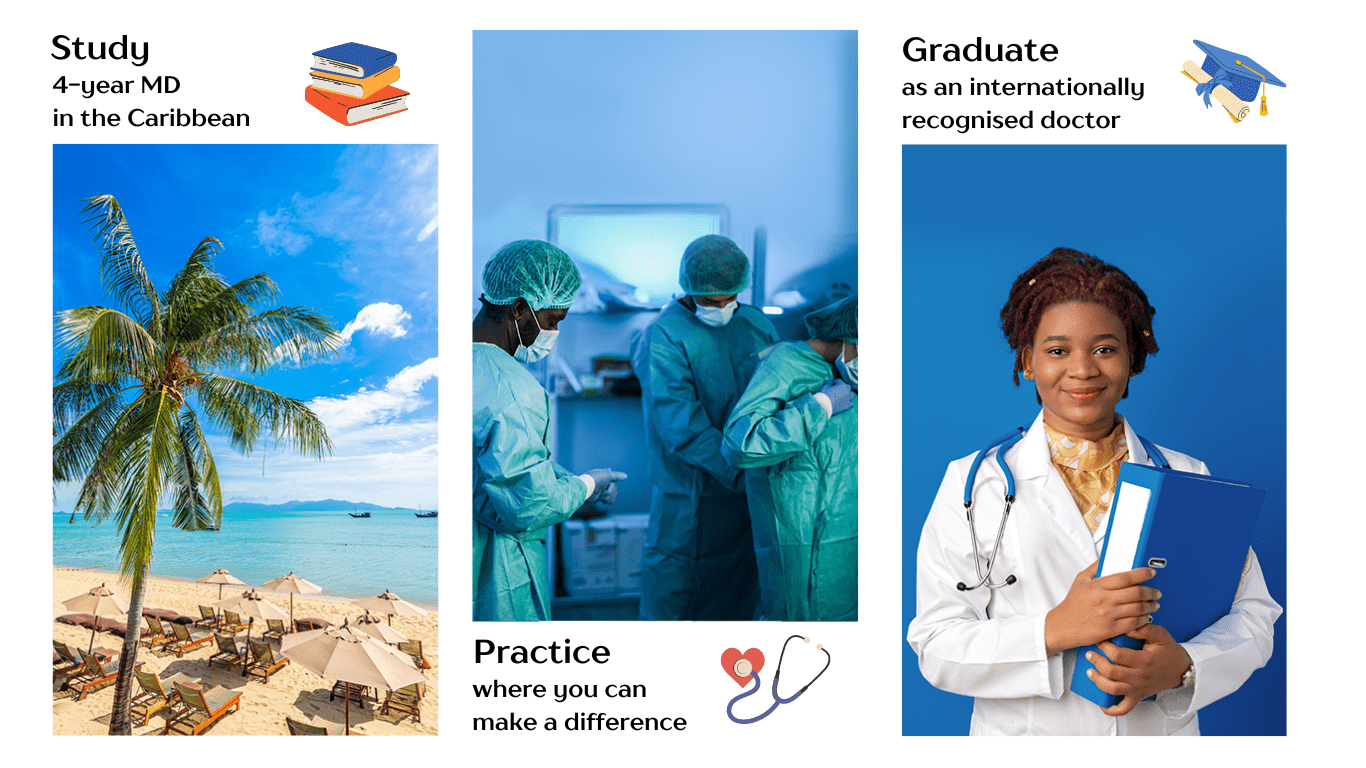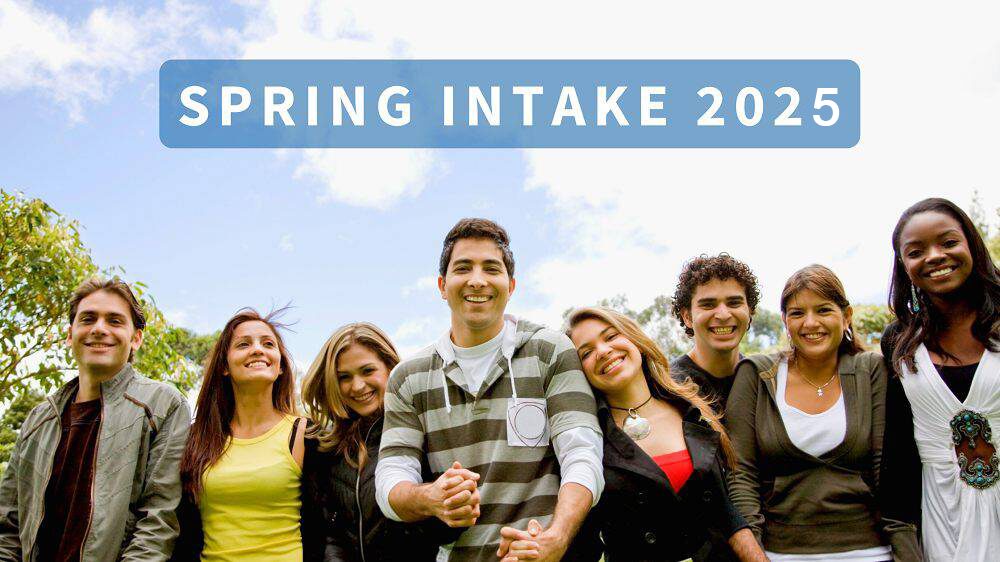Problem-Based Learning (PBL) in Medical Education

Education is the art of passing down applied knowledge. From the beginning of civilised history, education has played a central part in the healthy and meaningful growth of nations, taking humanity a step further with each passing age.
Though education has taken a variety of forms throughout history, it has only undergone categorisation, documentation, and well-established schools of thought in the modern era. A relatively new but very applicable teaching method is Problem-Based Learning (PBL), which has also found its way into medical education.
In this blog, we’ll take a look at the how, when, and why that have helped shape PBL and its uses in modern medical higher education.
The key takeaways of this blog are:
- Problem-based learning is a practical learning method that is applied mainly throughout Europe and North America.
- With PBL, students are faced with real-world problems and scenarios and learn how to deal with them directly.
- PBL is efficient at incentivising learning and retaining long-term memory.
- Knowing PBL and its advantages over more traditional learning methods will help you choose the medical school that is best for you.
Table of Contents
- 1 What is Problem-Based Learning in Medical Education
- 2 Origins of Problem-Based Learning
- 3 “7 Steps to Wisdom” PBL Approach
- 4 The Pedagogical Innovation of PBL
- 5 Practicality of Problem-Based Learning in Medicine
- 6 Benefits of PBL in Medical Education
- 7 Application of PBL in Europe
- 8 Pros and Cons of PBL
- 9 Why This Matters to You
What is Problem-Based Learning in Medical Education
Problem-based learning is based on the chaotic and complex problems encountered in the real world. It is a method of learning in which a realistic problem, such as an infectious disease, case study, or hypothetical medical emergency, is presented to students. Students must then use inductive reasoning to gain knowledge about the material and apply critical thinking to solve it.
This direct application of knowledge encourages continuous learning and helps absorb and organise new knowledge, making it easier to recall and apply to future problems. For instance, revisiting an old medical emergency will be much easier and quicker.
In PBL, the end goal is for students to gradually gain more educational responsibility and become increasingly independent of the instructor.
Origins of Problem-Based Learning


Problem-based learning (PBL) is a student-centred teaching approach established in the 20th century to deal with complex problems, especially in medical studies (as well as engineering, economics, and other disciplines). Its earliest application can be traced to a group of 20 medical students at McMaster University, Hamilton, Ontario, in 1969 (Schmidt, 2012).
As mentioned, it is a learner-centred educational method. Although it is not a traditional teaching method, it draws inspiration from the ancient Greek philosopher Plato, who proposed it (Schmidt, 2012). Despite having a strong foundation, PBL could be said to have truly begun with American educational theorist and philosopher John Dewey.
PBL was first used in medical education when Dewey first implemented it at his experimental Laboratory School at the University of Chicago around 1900 (Schmidt, 2012). Since the end of the 1950s, the “learning-by-discovery” movement has picked it up and practised it until it became the standardised practice that it is today, particularly throughout North America (Schmidt, 2012).
“7 Steps to Wisdom” PBL Approach
Also referred to as the 7 jump approach, the 7-step approach was developed at the University of Maastricht (UM), Netherlands, to structure and facilitate students’ learning processes within a PBL framework (Meurer & Neuhold, 2014). The steps are divided into 3 parts.
During the pre-discussion of an assignment, students follow the first 5 steps (Meurer & Neuhold, 2014):
- Clarify terms and concepts to ensure everyone understands the problem;
- Identify questions in need of answers to understand the problem fully;
- Brainstorming what prior knowledge the group has to find potential solutions;
- Categorising and structuring the findings of the brainstorming; and
- Formulating learning objectives for any lacking knowledge.
After the pre-discussion phase, students engage in self-study, which plays a central role in the PBL framework. This 6th step emphasises the learner’s self-responsibility in acquiring knowledge. During the self-study, students independently work on their answers to the formulated learning objectives (Meurer & Neuhold, 2014).
The 7th and final step, which usually takes place around 2 to 3 working days later, starts with post-discussion when students report back (Meurer & Neuhold, 2014). Here, students exchange their findings, discuss the problems, and try to develop a common conclusion of how to answer the learning objectives.
In a medical context, students can be presented with a patient case study who is showing clear symptoms of an underlying problem. They can then use the 7-step approach to analyse, raise questions, learn and eventually find a solution, with which they can diagnose and treat their patient.
This method can help students develop a holistic approach to medical education, along with the responsibility of diagnosing a problem through thorough analyses.
The Pedagogical Innovation of PBL
Innovative teaching approaches are essential to creating effective learning methods and keeping students engaged. The pedagogical innovation of PBL focuses on methods that not only enhance understanding but also equip students with critical thinking and problem-solving skills.
What sounds more interesting to you? Sitting down and going through the textbook to memorise the facts, or being faced with a medical problem that you must figure out on your own? While the first method is the standard for medical education, the latter, PBL, has shown potential to create curious, analytical, and competent medical professionals.
Here, you can find the main components of Problem-Based Learning, along with their learning outcomes:
- Crossover Learning: Combining formal and informal learning environments, such as clinics, laboratories, volunteer centres, etc., to create richer and more engaging learning experiences.
- Computational Thinking: Breaking down complex medical problems into smaller manageable parts, recognising patterns, and developing algorithms to solve them.
- Argumentation: Encouraging students to engage in scientific discussions to develop and refine ideas for diagnoses and treatments with fellow medical students (see above).
- Embodied Learning: Using physical movement and sensory experiences to support learning, such as wearable sensors and visual systems tracking movement (virtual reality is widely used in medical education and allows visualisations of cells, atoms, internal organs and all of the dynamics around them to be displayed and therefore understood better).
- Adaptive Teaching: Using data to give instructions specific to individual learners’ needs, reducing the burden on teachers and promoting optimal learning.
- Remote Labs: Providing access to specialised facilities and experiments online, enabling hands-on investigations and direct observation.
- Contextual Learning: Processing real-world medical cases using guides, physical tests, and physical interactions.
- Group Work: Collaborative learning exercise that fosters problem-solving skills.
Example Case: Diagnosing a Complex Patient
A group of medical students is tasked with diagnosing a patient suffering from chronic fatigue and muscle weakness. They break the case into smaller parts (symptoms, history), research real-life examples, and discuss possible diagnoses, like Lyme disease. Using online lab simulations and medical equipment, they test their hypotheses and collaborate to form a final diagnosis, improving their critical thinking, teamwork, and problem-solving skills through this hands-on, real-world approach.
Practicality of Problem-Based Learning in Medicine
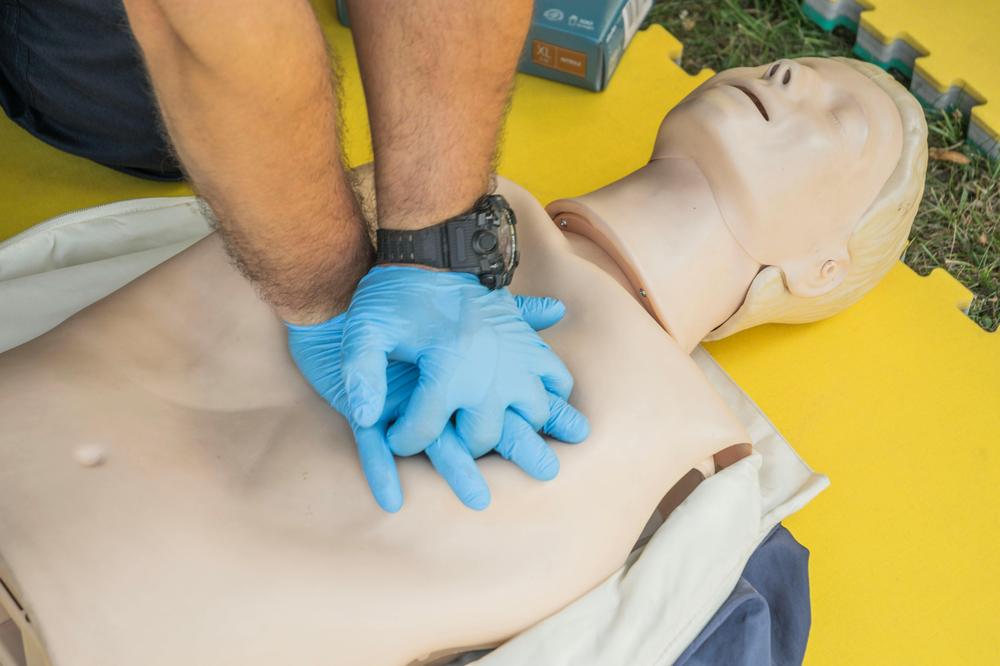

A lot of evidence shows that PBL is simply an effective learning method. One study concluded that PBL works so well because it encourages the activation of prior knowledge in small-group settings and provides opportunities for further elaboration on that knowledge (Schmidt et al., 2011).
This, in turn, helps students to easily understand new information related to the problem while enhancing long-term memory (Schmidt et al., 2011). The evidence also shows that dealing with concrete problems sparks interest in medical students, which actively motivates learning (Schmidt et al., 2011).
Another study used a pre-test/post-test design to show how students cope with stress while establishing positive feedback based on emotional responses (Hartman et al., 2013). This allowed students to improve their abilities to manage the negative emotions associated with increased stress (Hartman et al., 2013).
Benefits of PBL in Medical Education
PBL has been increasingly adopted by people who study medicine, and its benefits are multifaceted. Some of the key advantages include:
- Development of clinical reasoning and problem-solving skills: PBL encourages students to apply foundational knowledge to real-world scenarios, fostering critical thinking and clinical problem-solving abilities.
- Improved integration of basic sciences: PBL cases provide a relevant clinical framework for learning basic science concepts, promoting a deeper understanding of how scientific principles apply to patient care.
- Enhanced student engagement and motivation: PBL’s student-centred approach and emphasis on active learning leads to increased student engagement, motivation, and satisfaction with the learning experience.
- Preparation for lifelong learning: PBL’s focus on self-directed learning and teamwork prepares students for the continuous education and collaboration required in modern medicine.
- Development of communication and teamwork skills: PBL’s small-group discussions and problem-solving exercises promote effective communication, collaboration, and leadership skills among students.
- Flexibility and adaptability: PBL allows for flexibility in curriculum design and implementation, enabling medical schools to respond to changing healthcare needs and advances in medical knowledge.
- Assessment of higher-order thinking skills: PBL’s emphasis on problem-solving and application allows for the assessment of higher-order thinking skills, such as analysis, synthesis, and evaluation.
- Preparation for the complexities of real-world medicine: PBL’s focus on complex, multifaceted cases prepares students for the complexities and uncertainties of real-world medical practice.
Overall, PBL has the potential to transform medical education by fostering a more holistic, patient-centred approach to learning and better-preparing students for the challenges of modern medicine.
Application of PBL in Europe
PBL is an important and widely discussed development in medical education, which forms the curricula of many established medical schools throughout the world. A number of universities in the UK (including the University of Liverpool School of Medicine) have incorporated the principles of PBL into their curricula (Bligh, 2015).
The most prominent European university that extensively employs PBL in its curriculum is Maastricht University in the Netherlands. Plenty of other distinguished universities use PBL in their curricula, although not as extensively as UM. For instance, the University of Twente applies its challenge-based learning (CBL) approach in the fields of natural sciences, robotics, and engineering.
The same approach to PBL is also used at the University of Mostar, Aalborg University, and Alte University International School of Medicine. The University of Groningen employs its PBL-based programmes in the university’s Faculty of Economics and Business. In the United Kingdom, the University of Cumbria incorporates elements of PBL in its BA (Hons) Education Studies programme.
UM is even considered a pioneer when it comes to applying PBL in the field of European Studies (Maurer & Neuhold, 2014). While other universities might use PBL for single modules or courses, the Bachelor Programme of European Studies (BA-ES) at UM operates differently. The entire BA-ES curriculum has been fully taught by way of PBL since the programme’s first students began learning in 2002 (Maurer & Neuhold, 2014).
Pros and Cons of PBL
There are plenty of advantages to using a PBL-based learning system, but as with almost everything, there are downsides as well.
The main advantages of PBL include:
- Promotes self-learning and self-motivation;
- Emphasises comprehension and higher-level learning rather than gathering empirical data;
- Enhances critical thinking skills;
- Develops literature retrieval and evaluation skills;
- Develops interpersonal skills and teamwork; and
- Promotes constant lifelong learning.
To have these types of skills and characteristics developed within you is a great asset, especially in a field as important as medicine. These are lifelong skills that would only propel your medical learning and career forward. You’d essentially become every patient’s dream.
Disadvantages of PBL:
- Instructors’ excess comfort with removing themselves from their central role;
- Students’ lack of acceptance of a different form of learning (that they’ve been not accustomed to at school);
- Need for assessments that measure new knowledge and skills (exams, essays, peer and self-assessments);
- Time is required to prepare and get approval for course materials, as it is an innovative approach to medical education.
It’s no surprise that a change of this sort can be hard on teachers and students alike. Some might misuse the opportunity, and others might downright reject it for their own reasons. However, the pros outweigh the cons, and even though PBL can be quite a challenging learning method, it is well worth the price.
Why This Matters to You
It’s essential to learn about the university you’re applying for, including all the perks and difficulties you may have while studying there. Typically, students are most worried about tuition fees, acceptance rates, easy admissions, campus life, and so on.
However, one crucial factor to consider during your 6+ years of medical studies is the learning environment. Beyond classrooms, you’ll spend significant time in hospitals, clinics, and laboratories. The quality of your instructors, the facilities, and the hands-on, problem-based learning methodology will shape your experience and success in medicine.
With PBL, you gain a hands-on understanding of medical studies that prepares you for internships and real-world practice. You will create better connections with your peers, instructors, and doctors which will enhance your problem-solving and communication skills.
PBL will make you a better student and eventually an excellent medical practitioner who has the ability to continuously develop their skills throughout their medical career. Problem-based learning will be the best learning method for you and will help you unlock your full potential in the medical field.
Ready to start tackling medical problems directly? Medlink Students works with the 100+ best universities in Europe and the Caribbean and we can help you find the best destination to kickstart your medical education.
The best part is that we offer free consultations with our expert academic advisors, who can guide you towards a top medical school that takes advantage of Problem-Based Learning.
Leave a Reply
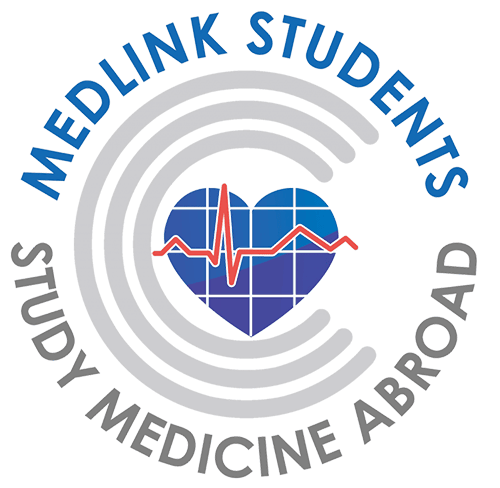
About Medlink Students
Leading international recruitment company for medical students in Europe. British Council Certified Agents. 10+ years of experience and more than 10,000 students advised.
